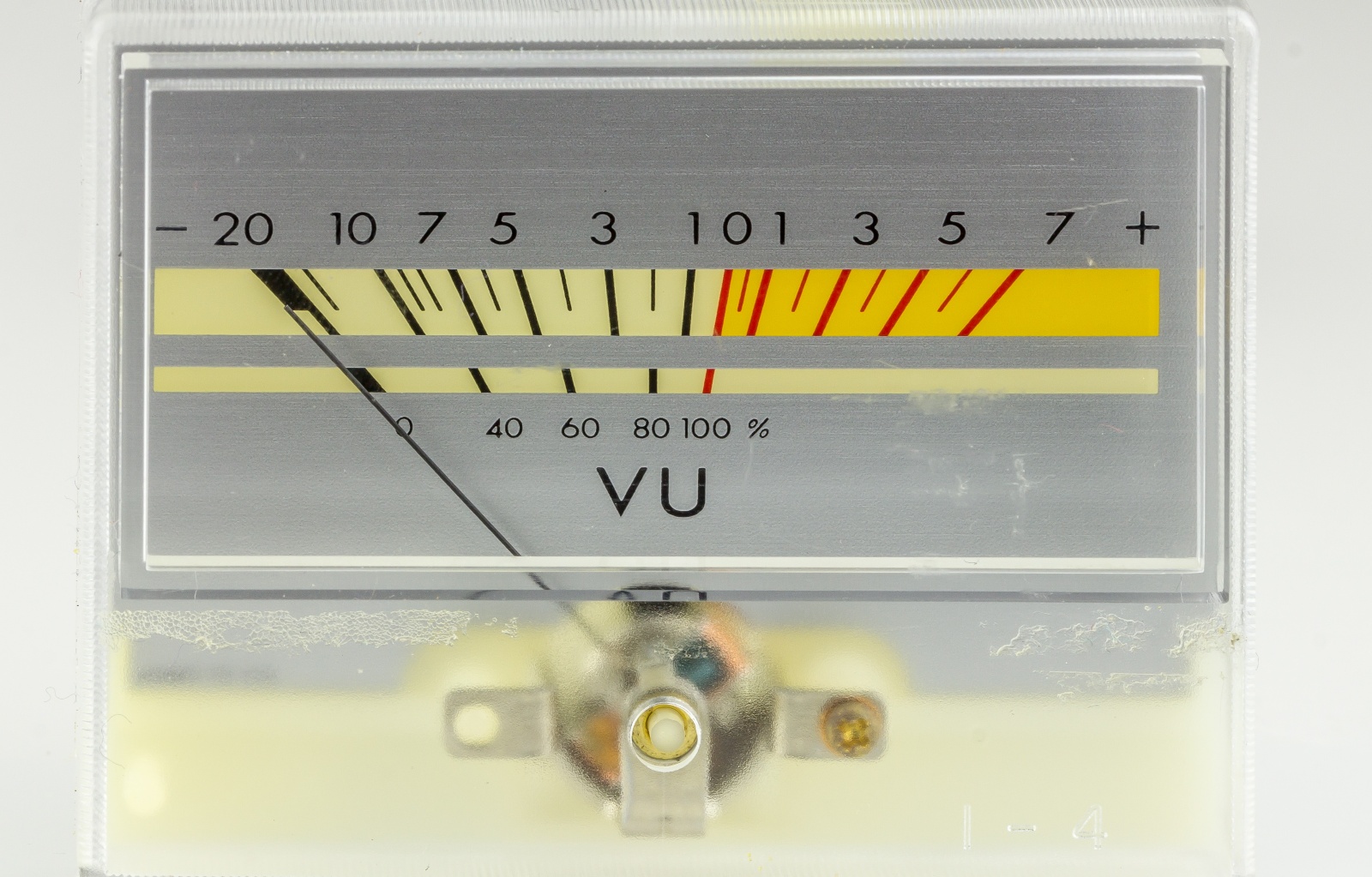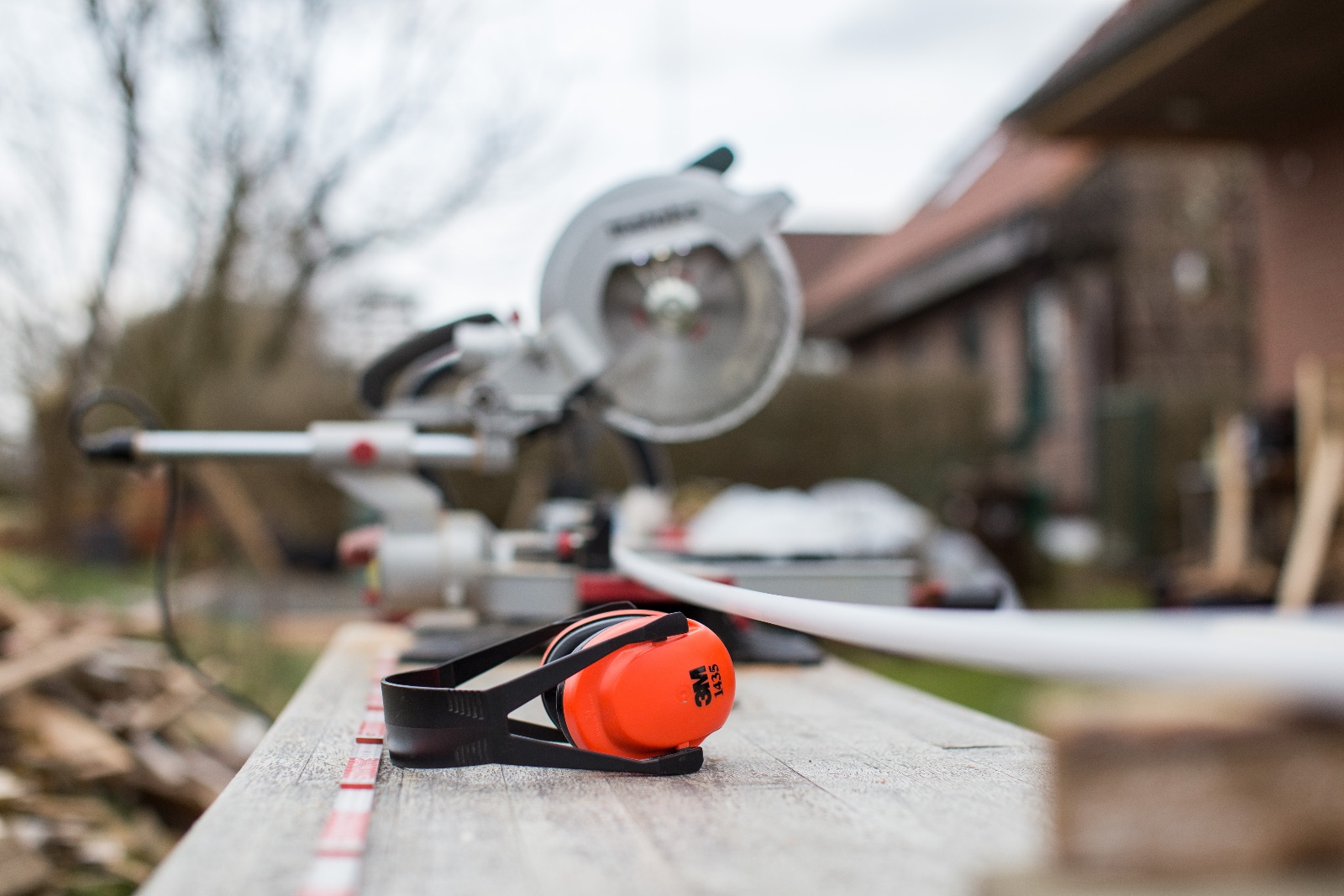
It's easy to get lost between all the numbers, terminology, and data when dealing with sound, noise, and acoustics in general. After all, it’s not a simple science. This simple glossary should make your first steps into the world of acoustics a little easier.
Echo Barrier portable acoustic barriers are designed to make noise abatement a simpler, more cost-effective task; however, this is still difficult without basic understanding of how noise works in the real world.
Here we present a beginner’s guide to some select terminology in acoustics, including a handful of the terms and units we use at Echo Barrier to test and implement our noise abatement products, put together to help make the science just a little simpler.

Acoustics Terminology
Acoustics
The branch of physics that deals with the phenomena and laws of sounds as it effects people.
A-weighting
You will see that many graphs denoting the acoustic performance of noise barrier products are presented as A-weighted. “A” frequency weighting is an attempt to account in our measurements for the fact that the human ear isn’t equally sensitive to all frequencies. It is essentially a “filter” which tries to account for this variability so that those reading will correspond more closely to how they’re perceived.
Absorption
More specifically “sound absorption”, the process whereby sound energy is converted into heat, resulting to a reduction in sound pressure level
Decibel
The unit used to express relative difference in power or intensity between sounds. The decibel scale is logarithmic, meaning that a 10 dB increase in sound from any given sound energy level equates to “twice as loud” according to human perception (see “Loudness”). Read: The Decibel Scale Explained.
Frequency
The number of oscillations or cycles of a send wave per unit of time. In acoustics, frequency is usually expressed in units of Hertz (Hz) where one Hz is equal to one cycle per second.
Loudness
The subjective volume at which a sound is audible to a listener.
Noise
Quite simply, noise is defined as any sound that is unpleasant, loud, or disruptive.
Reflection
The amount of sound that is reflected off a surface. Hard, non-porous surfaces reflect more sound than soft, porous surfaces.
Sound Absorption Coefficient
The fraction of energy striking a material or object that is not reflected. For instance if a material reflects 70% of the sound energy incident upon its surface, then its Sound Absorption Coefficient would be 0.30.
Vibration
The periodic motion of the particles of a medium in alternately opposite directions from the position of equilibrium when that equilibrium has been disturbed. While all sounds are also forms of “vibration”, in the field this term typically refers to the motion as it affects larger physical objects, typically as a result of lower frequency oscillation.
This glossary’s content has been partially adapted from the following sources:
https://www.novaacoustics.co.uk/acoustics-hub-homepage/acoustics-consultant-glossary
https://www.acousticalsurfaces.com/acoustic_IOI/glossary.htm
Portable Noise Control
Echo Barrier was designed to help contractors effortlessly have their noise mitigation measures taken care of, so that they can get on with their job and the surrounding inhabitants can go about in peace.
Get in touch to learn about how Echo Barrier can improve your project's efficiency.
.jpeg?width=596&height=389&name=20141228_EarlsCourt_%20(368%20of%20375).jpeg)

